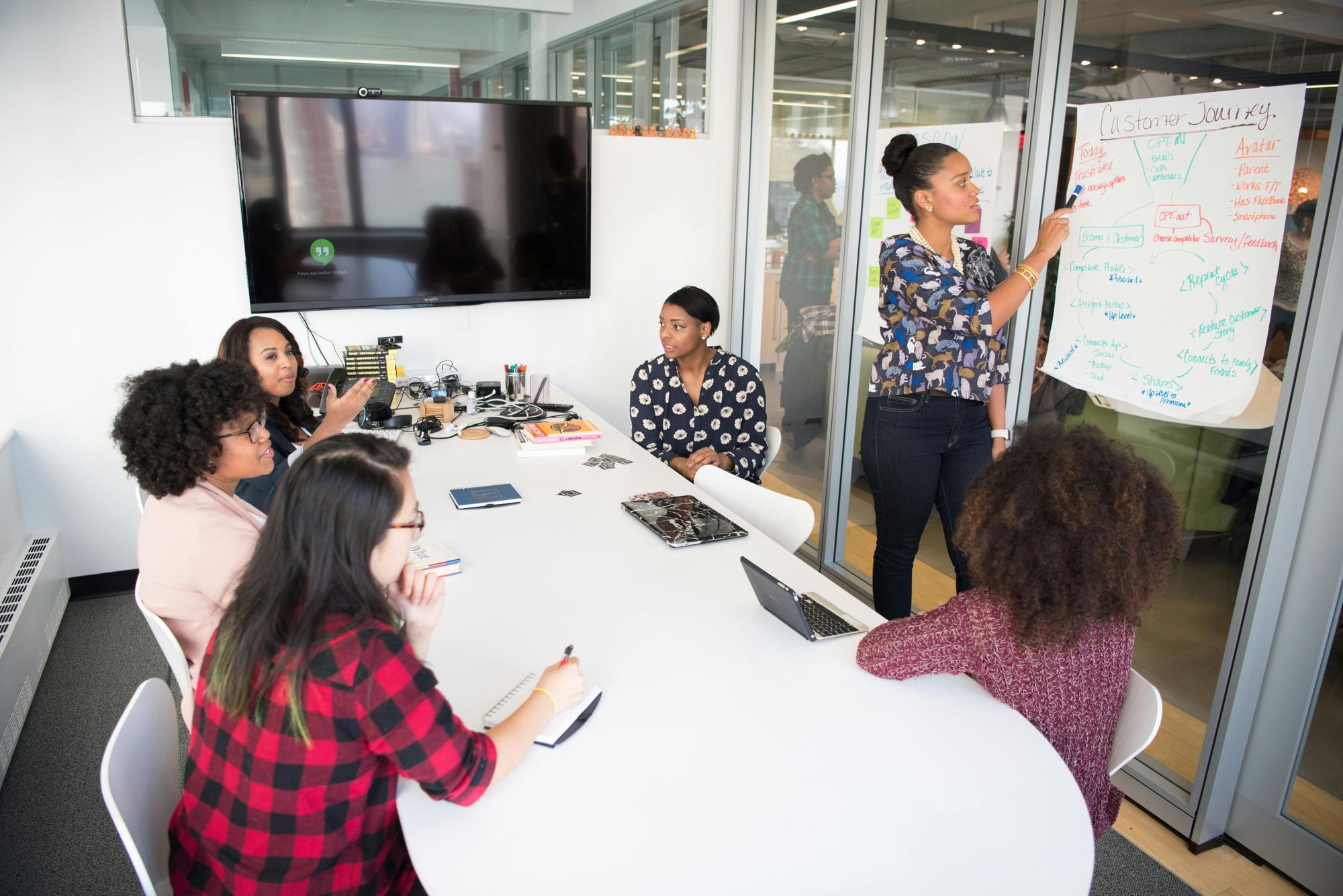Skillful Workforce: Hiring and Retaining in Manufacturing
Reading Time:
Reading Time:

As technology advances and experienced workers retire, the manufacturing skill gap widens. Companies excelling in attracting, developing, and retaining skilled workers gain a competitive edge in an efficiency-driven marketplace. To counter the shortage, collaboration among stakeholders is crucial, involving governments, educational institutions, industries, and individuals. This joint effort aligns with manufacturing companies' strategic recruitment, onboarding, and training, fostering a symbiotic relationship between meeting customer demands, business growth, and workforce development.
Here’s a look at the manufacturing job landscape and some strategies that can help manufacturers find and keep manufacturing talent.
Invest in education and training: To tackle the evolving demands of the job market, both governments and private organizations must strategically invest in education and vocational training. This investment empowers individuals with the specific skills required for in-demand jobs, fostering career readiness and contributing to overall economic growth.
Promote lifelong learning: Promoting a culture of continuous learning and upskilling within workforces is essential for staying competitive in today's dynamic landscape. Employers can create an environment that encourages employees to embrace ongoing learning opportunities, providing access to training programs and resources. This proactive approach not only enhances individual skill sets but also fosters adaptability and innovation within the organization.
Public-private partnerships: Encouraging collaborations between governments, educational institutions, and industries is crucial for designing and implementing targeted training programs that directly address skill gaps in specific sectors. This collaborative approach ensures alignment between educational curricula and industry needs, promoting effective skill development and enhancing workforce readiness for the evolving demands of various sectors.
Apprenticeship and mentorship programs: Creating apprenticeship and mentorship programs is integral, enabling experienced professionals to transfer their invaluable knowledge and skills to the next generation. These initiatives not only bridge the skills gap but also foster a culture of experiential learning and continuous improvement within the workforce.
Diversity and inclusion: Championing diversity and inclusion in the workforce is essential, ensuring equitable access to educational and employment opportunities for underrepresented groups. By fostering an inclusive environment, organizations can harness a wealth of perspectives, experiences, and talents, driving innovation and success.
Digital literacy: Placing a strong emphasis on digital literacy is imperative in our technology-driven world. This foundational skill equips individuals with the ability to effectively use and adapt to digital tools, fostering not only personal proficiency but also enabling active participation and success in various aspects of modern life.
Government policies and incentives: Supportive government policies that offer tax incentives to companies investing in employee training play a core role in progressive workforce development. These mechanisms encourage the private sector to prioritize continuous skill building, creating a resilient and adaptable workforce.
Awareness and outreach: The critical importance of skill development must be brought to light. Emphasizing the reasons for seeking employment in the growing areas of the economy not only informs people but also helps to fulfil the demand for training and planning and is also aligned with the development of the demands of the job market.
In conclusion, proactive collaboration among stakeholders, strategic investments in education and training, a culture of continuous learning, and fostering diversity and inclusion are pivotal in addressing the evolving challenges of the manufacturing sector. These efforts not only bridge the skill gap but also position companies for sustained success in an efficiency-driven marketplace.
Tips by IceHrm: Revolutionizing HR Management for a Smoother, More Productive Workplace.